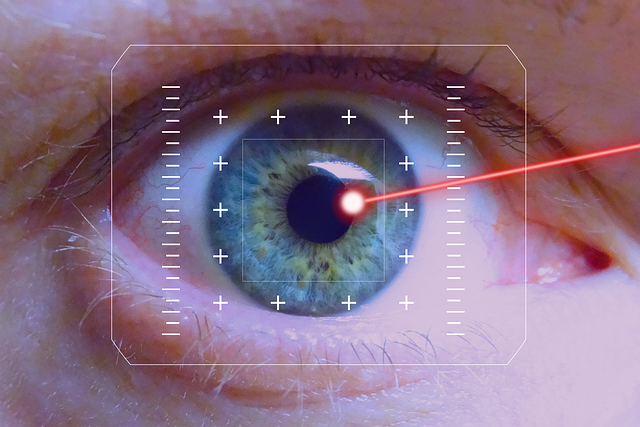In the world of photography, lighting plays a pivotal role in determining the quality of your images. As a camera enthusiast, understanding the intricacies of lighting correction can elevate your photography to new heights. Whether you’re capturing a stunning sunset or a candid moment at a bustling street market, mastering the art of correction is essential for transforming an average photo into a visual masterpiece.
Let’s delve into the dynamic relationship between optics and light. The light that enters your camera through the lens does more than just illuminate the scene—it significantly affects the mood and tone of your photographs. Inconsistent lighting can lead to harsh shadows or blown-out highlights, compromising the integrity of your image. This is where correction techniques come into play, allowing you to enhance the visual narrative captured by your lens.
One of the fundamental steps in lighting correction is understanding your camera settings. Exposure, ISO, and aperture work together to control how much light hits the sensor. Experimenting with these settings allows you to capture the essence of any scene, regardless of the lighting conditions. For instance, a low ISO can reduce noise in brighter environments, while a wider aperture can help draw attention to your subject by softly blurring the background.
Post-processing is another critical element in the realm of lighting correction. Modern photo editing software provides powerful tools that can help you adjust brightness, contrast, and saturation levels to achieve the desired effect. Techniques like dodging and burning can add depth and dimension to your images, making them more captivating. Remember, however, that the goal of correction is not to fix bad photos but to enhance the inherent beauty of your captured moments.
Natural light changes throughout the day, presenting unique challenges and opportunities for photographers. The golden hour, just before sunset, casts a warm glow that can be incredibly flattering. Utilizing reflectors can help to bounce light into shadowed areas, ensuring that every detail in your photo is brought to life. For indoor shoots, soft boxes or diffusers can create a more flattering light, minimizing harsh edges and saturating colors without losing detail.
To develop your skills in lighting correction, consider practicing under varied lighting conditions. Take your camera outside during different times of the day and notice how the quality of light affects your images. Comparing before and after shots will give you a deeper understanding of how correction can transform your work. Engaging with a community of fellow photographers can also yield invaluable insights and inspiration, helping you refine your technique and aesthetic preferences.
Ultimately, mastering lighting correction is a journey that requires patience and practice. As you learn to navigate the subtleties of light and shadow, you’ll gain the confidence to express your artistic vision through your photography. Every photo has the potential to tell a story; with the right knowledge and tools at your disposal, your images can resonate with viewers on a deeper emotional level. So grab your camera, step outside, and begin your quest to master the captivating world of lighting correction in photography.




